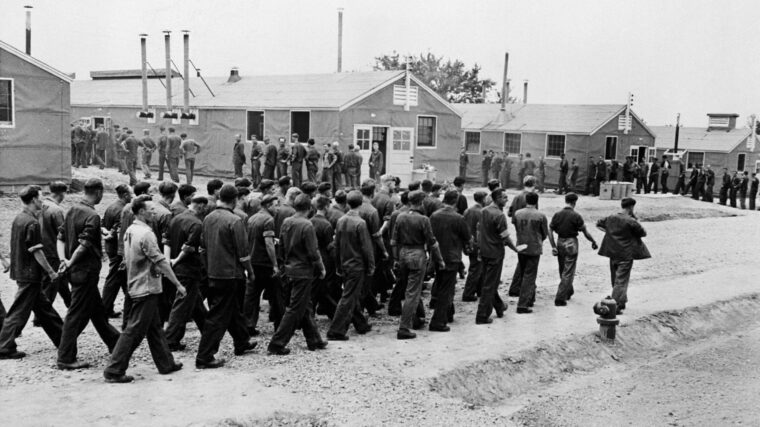
Allies
Escape into Arizona’s Desert: German Prisoners in World War II
By Adam LynchOn Christmas Eve, 1944, Colonel William Holden, commander of the prisoner of war camp at Phoenix, Arizona, suddenly lost all hope for a happy holiday. Read more

Allies
On Christmas Eve, 1944, Colonel William Holden, commander of the prisoner of war camp at Phoenix, Arizona, suddenly lost all hope for a happy holiday. Read more
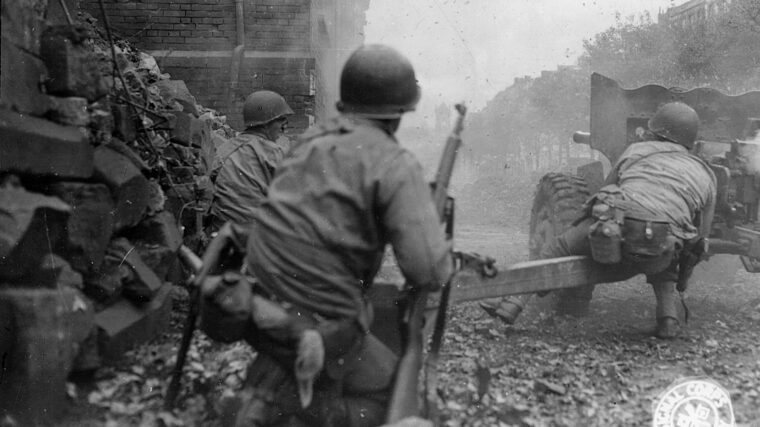
Allies
By the autumn of 1944, German resistance in the West was quickly crumbling as the British and Americans approached the German border 233 days ahead of schedule. Read more
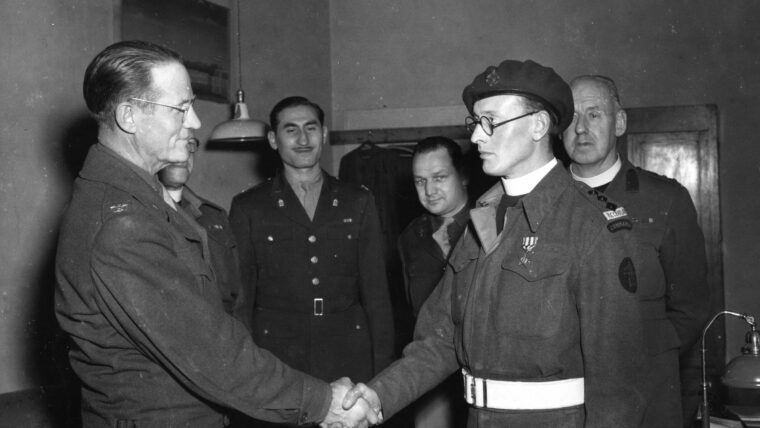
Allies
One day shortly after the Battle of El Guettar in central Tunisia in March 1943, Colonel William O. Read more
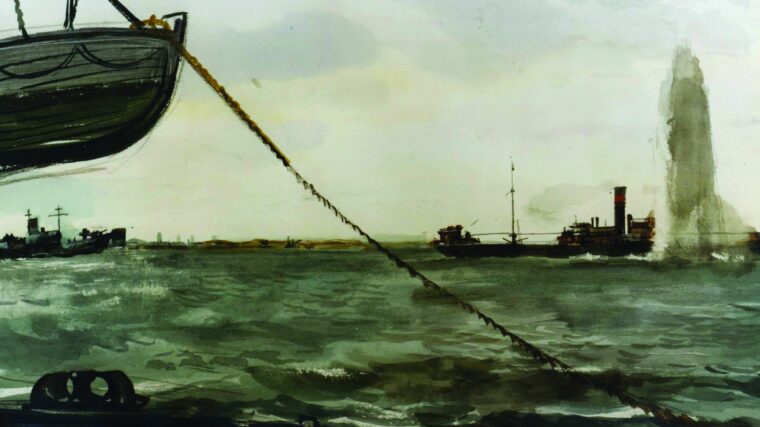
Allies
Early in World War II, a bitter joke circulated within the Soviet military. It ran, “What is the first thing Russia does when war is declared? Read more
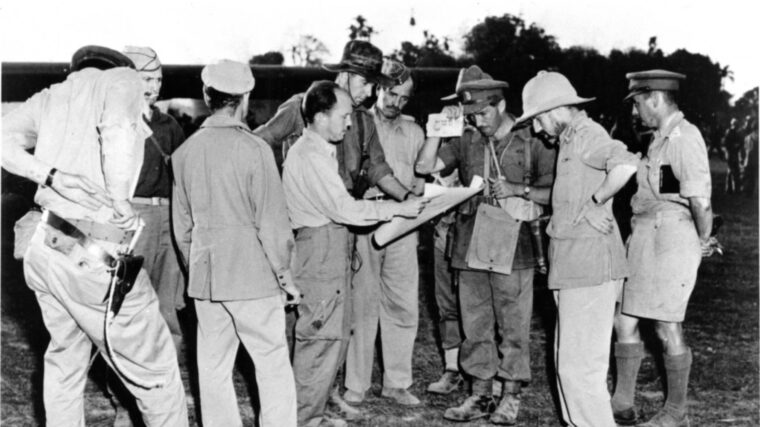
Allies
British General Orde Wingate is one of the more enigmatic World War II commanders encountered in a number of biographical and military historical accounts. Read more
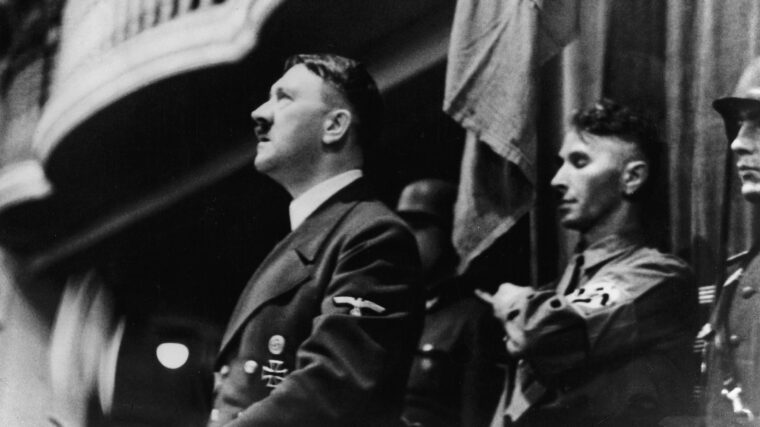
Allies
At exactly 8 PM on November 8, 1939, German Chancellor Adolf Hitler strode briskly into Munich’s Burgerbraukeller beer hall at the head of his glowering entourage, brushing past a forest of hands raised in the Nazi salute. Read more
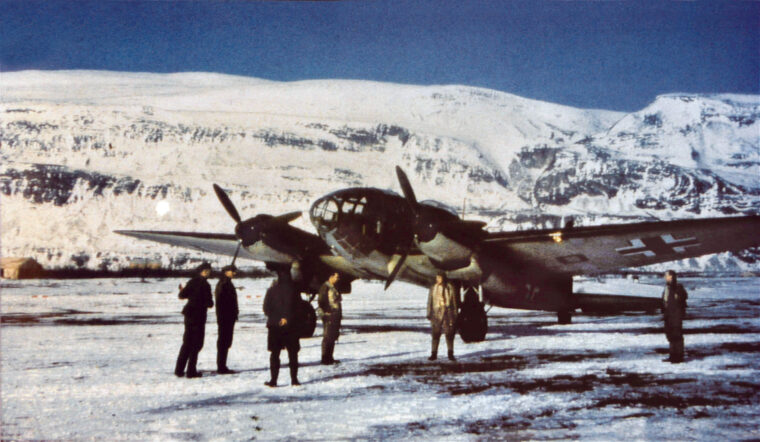
Allies
The fundamental pillars of war—strategy and tactics— inevitably depend on an imponderable and uncontrollable factor: the weather. With the increasing sophistication of weather data gathering, analysis, and forecasting in the early 20th century, predicting the weather became an integral part of World War II. Read more
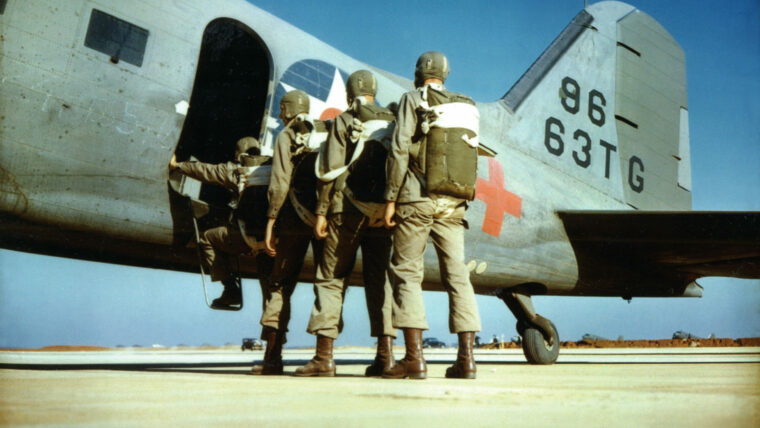
Allies
Every American soldier who jumped into North Africa, Europe, the Philippines, and other combat zones around the globe during World War II had to first learn his trade at Fort Benning, Georgia. Read more
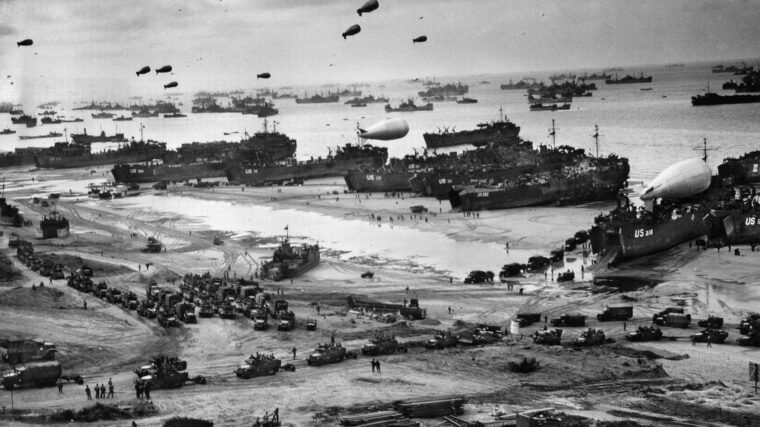
Allies
In the predawn hours of June 6, 1944, the largest armada ever sent into war assaulted the coast of France at Normandy. Read more
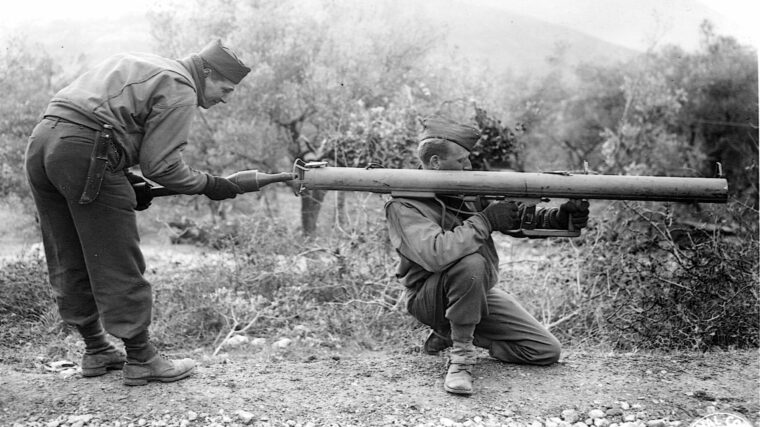
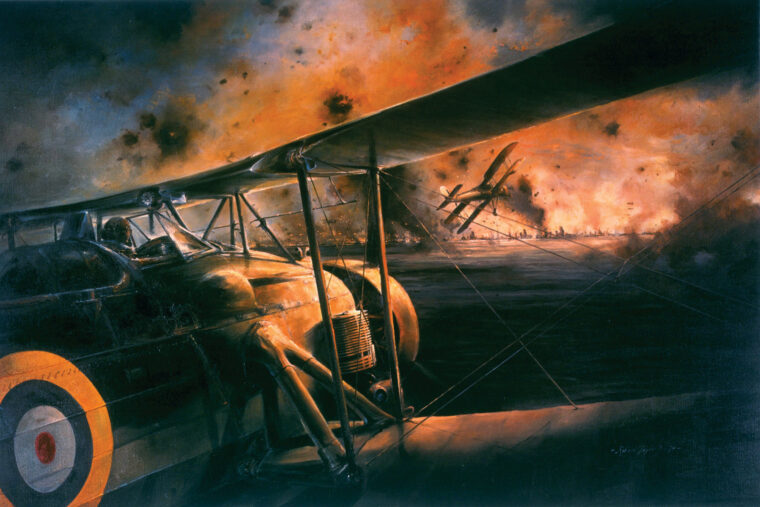
Allies
Radar, atomic bombs, jet engines and early cruise missiles were among the numerous technological advances of World War II. Read more
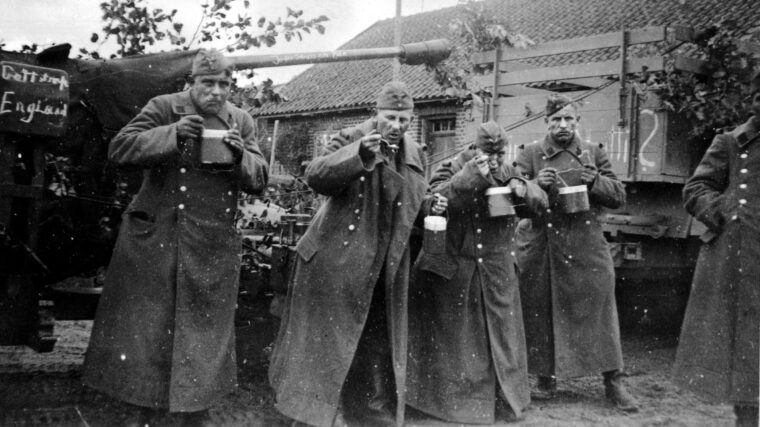
Allies
It was Napoleon Bonaparte who purportedly said, “An army travels on its stomach.” Toward the goal of feeding his particular army’s stomach more efficiently, in 1795 the French general came up with an interesting solution to the problem. Read more
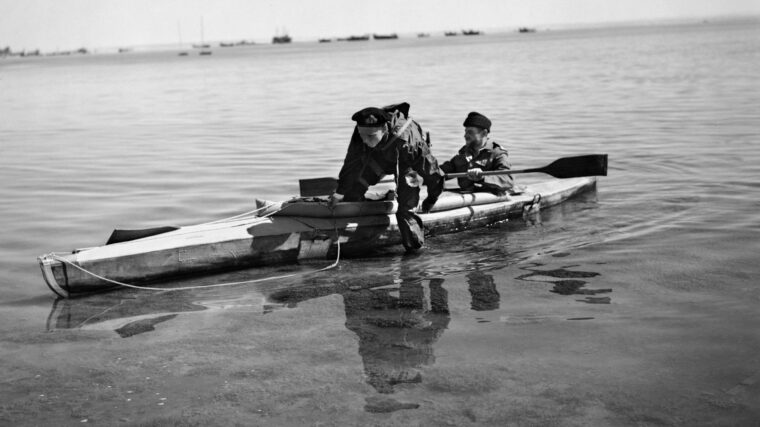
Allies
Early in World War II, the British War Office and the Admiralty were shocked by daring small boat attacks, some of them suicidal, on Allied shipping in the Mediterranean Sea. Read more
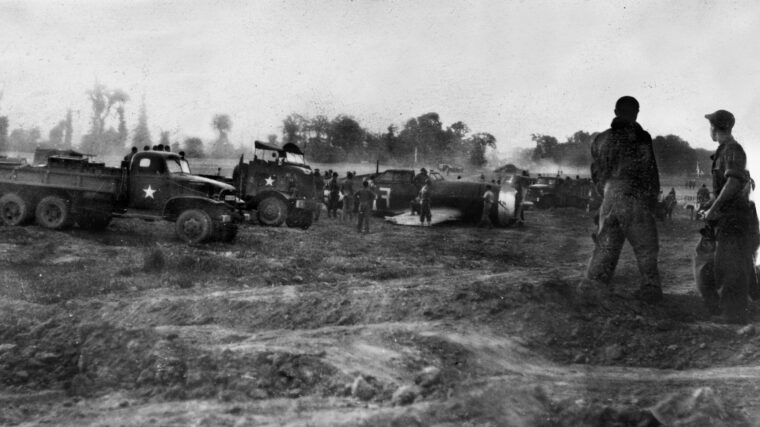
Allies
When most people think of the U.S. Army Air Forces in World War II, the first image that usually comes to mind is that of the heavy bombers, the B-17s and B-24s, that ravaged targets in Europe and the B-29s that wreaked havoc on Japanese cities in the Pacific. Read more
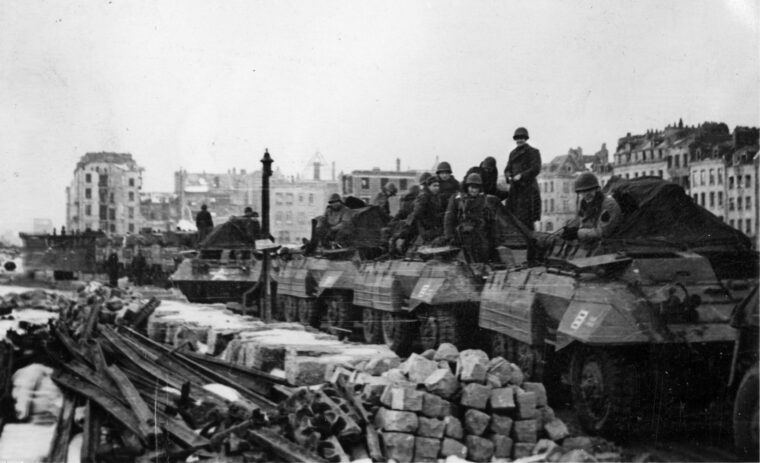
Allies
The 809th Tank Destroyer Battalion was an independently attached unit of the U.S. Army. The battalion was activated on March 18, 1942, at Camp Forrest, Tennessee, and remained in the United States through most of the war. Read more
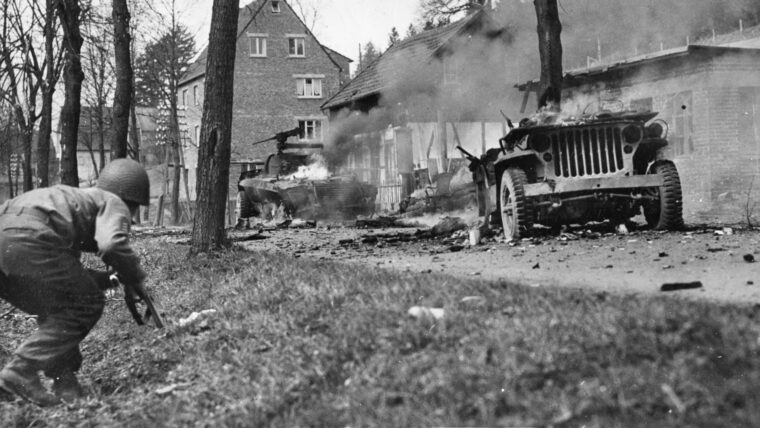
Allies
The Messerschmitt Bf-109 fighter plane dove out of the sky with machine guns firing. The pilot’s target—a pontoon bridge being stretched across Germany’s Werra River by American engineers. Read more
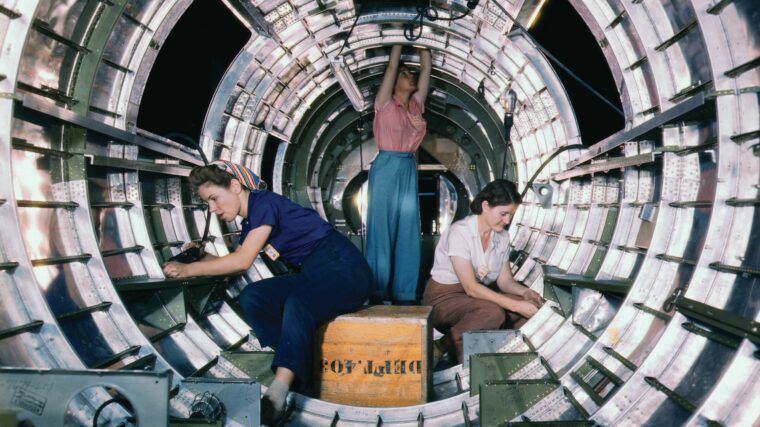
Allies
The iconic image of a woman in overalls, her hair tied up in a bandana, and flexing her bicep below the headline, “We Can Do It,” is one of the most recognizable images from World War II. Read more
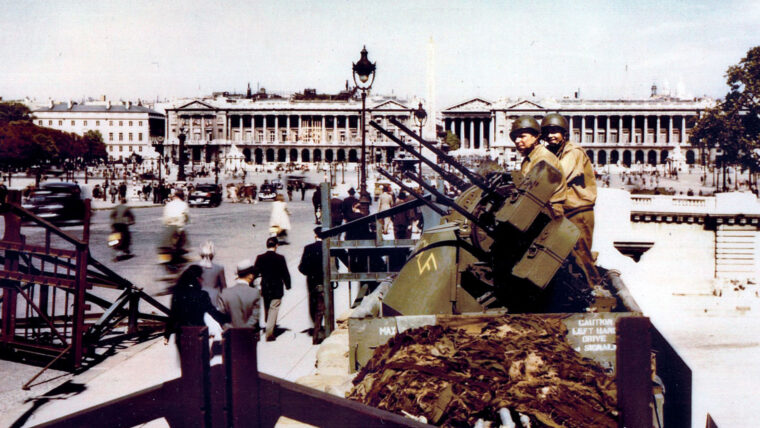
Allies
Almost every soldier on western European battlefront wanted to get to Paris. Once it was liberated on August 25, 1944, it became a mecca for Allied soldiers on leave who filled the streets, bars, and historic buildings, enjoying a brief respite from the war. Read more
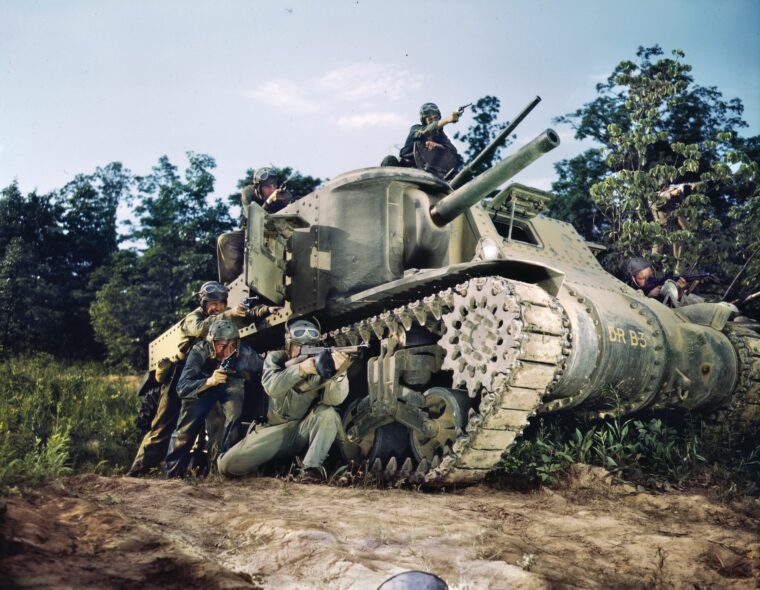
Allies
The United States had not yet entered World War II when Time magazine noted that the Army had created two new armored divisions. Read more
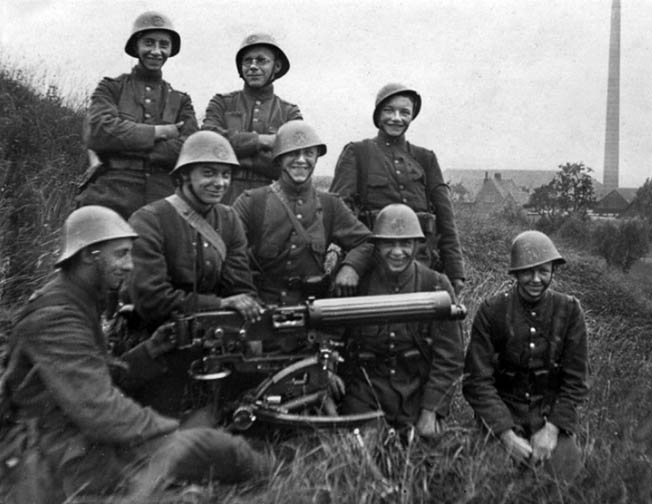
Allies
By John W. Osborn, Jr.
When world war engulfed Europe for the second time in a generation, the Netherlands placed its faith in the diplomatic delusion that it could remain neutral like it had during World War I. Read more